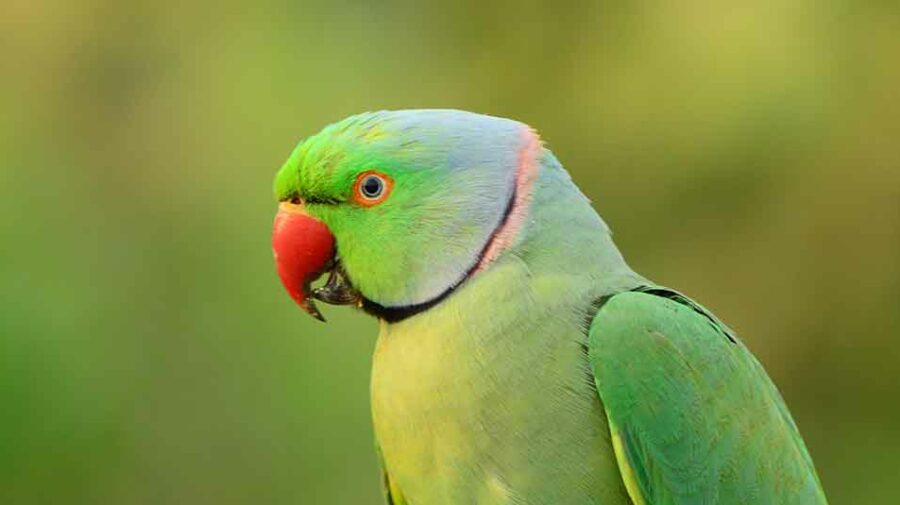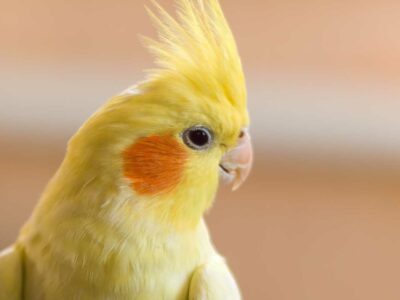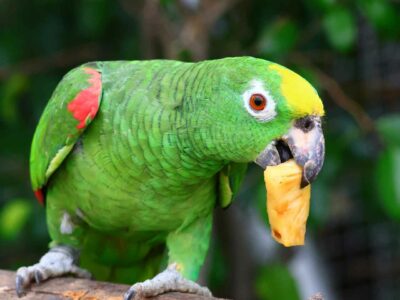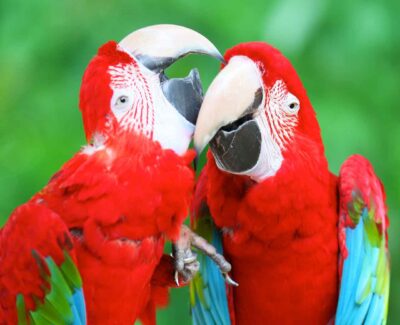
What to Know About Ringneck Parrots
Ringneck parrots, or Indian Ringneck Parakeets (Psittacula krameri), are a popular choice for bird enthusiasts due to their striking appearance, playful personalities, and remarkable intelligence. Originating from India, parts of Africa, and southeast Asia, these birds have gained popularity across the globe. However, caring for them requires a certain level of commitment and understanding. If you’re considering adding a Ringneck parrot to your household, here’s what you should know to ensure a happy and healthy life for your feathered friend.
Appearance of Ringneck Parrots
Ringneck parrots are medium-sized birds, typically measuring around 16 inches from head to tail, with the tail making up a significant portion of their length. One of their most distinctive features is the thin black or pink ring around the neck of the males, which becomes prominent at around 18 months of age. Females lack this defining ring but are equally stunning.
They come in a variety of colors, with green being the most common in the wild. However, due to selective breeding, Ringnecks are now available in shades of blue, yellow, albino, and even violet. This diversity adds to their appeal, offering a wide range of beautiful options for bird owners.
Personality and Temperament
Ringneck parrots are known for their curious and playful nature. These birds are incredibly intelligent and can be quite interactive with their human companions, making them engaging pets. However, they are also independent, which can sometimes make them seem aloof. It’s important for potential owners to understand that Ringnecks need time and patience when it comes to bonding.
One of the key characteristics of Ringneck parrots is their vocal ability. They are considered among the best talking parrot species, capable of learning a wide range of words and mimicking sounds around the house. This makes them highly entertaining, though their vocalizations can sometimes become loud—an important consideration if you live in an apartment or shared space.
Socializing and Handling Ringnecks
While Ringneck parrots can be affectionate, they require regular socialization and handling from a young age to develop a strong bond with their owners. Without consistent interaction, they can become shy, distant, or even aggressive. They are not known for being very cuddly like some parrot species, but they do enjoy being around their human family and interacting through play or training sessions.
It’s crucial to note that Ringneck parrots can go through a phase known as “bluffing” during adolescence. This is a time when they may become more nippy or resistant to handling. While this can be challenging, it’s usually temporary and can be managed with patience, consistent handling, and positive reinforcement.
Diet and Nutrition
Like all parrots, Ringnecks require a balanced and nutritious diet to thrive. In the wild, they primarily feed on fruits, vegetables, seeds, and grains. As a pet, their diet should be varied to include a high-quality seed and/or pellet base, supplemented with fresh fruits and vegetables. Dark leafy greens, carrots, apples, and berries are great additions to their diet. Fresh water should also be provided daily to help them stay hydrated.
Exercise and Mental Stimulation
Ringneck parrots are active birds that require ample space to stretch their wings and move around. A spacious cage with plenty of perches, toys, and ladders is a must to keep them physically and mentally stimulated. Additionally, they should be allowed out-of-cage time daily to explore and interact with their environment.
Due to their intelligence, Ringnecks can become bored easily if not provided with adequate mental stimulation. Puzzle toys, foraging activities, and interactive play sessions can help keep their minds sharp. Teaching them new words or tricks can also provide them with the mental engagement they crave.
Health and Longevity of Ringneck Parrots
As with many other types of birds, owning a Ringneck parrot is a long-term commitment—they can live 20-30 years with proper care. Regular check-ups with an avian vet are essential to monitor their health and catch any potential issues early. Common health concerns in Ringnecks include respiratory infections, feather plucking (often a sign of stress or boredom), and obesity due to an improper diet. It’s also important to ensure that your bird’s living environment is free of drafts and that they have access to natural or full-spectrum light, as this helps support their overall health and well-being.
Is a Ringneck Parrot Right for You?
Before committing to owning a Ringneck parrot, it’s important to assess whether their unique needs align with your lifestyle. These birds are intelligent and active, requiring daily attention, socialization, and mental stimulation. They are not the best choice for someone looking for a low-maintenance pet, as they can be demanding both in terms of time and energy, and are generally not recommended for first-time bird owners.
However, if you’re ready for the challenge, a Ringneck parrot can make a wonderful companion. Their beautiful appearance, ability to talk, and playful nature make them highly rewarding pets for the right person.
Wondering which type of bird would be the best fit for your lifestyle? Be sure to take our interactive pet bird matchmaker quiz!





